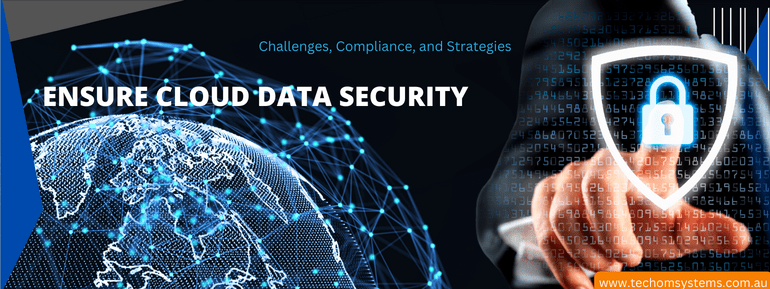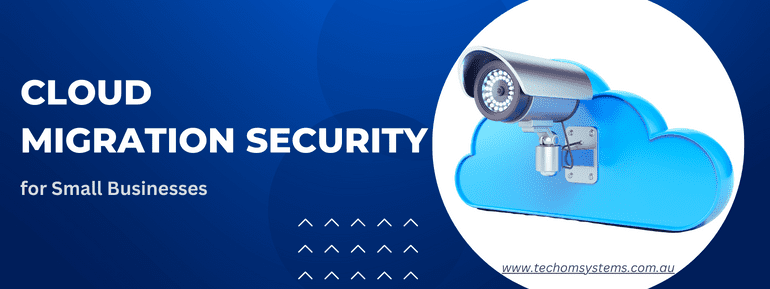In today’s rapidly evolving business landscape, the adoption of cloud technology has become synonymous with enhanced agility and unfettered data accessibility. The concept of Cloud-First Strategies is swiftly gaining momentum, with a corresponding surge in the adoption of multi-cloud environments. While the allure of leveraging multiple cloud platforms for a range of advantages is undeniable, it simultaneously ushers in a new era of heightened security concerns that have captured the attention of both business leaders and dedicated security professionals.
Fulfilling Regulatory Demands, A Central Focus
With data and services increasingly finding their home in the cloud, the imperative to secure these digital assets is taking center stage due to regulatory requirements. A notable example of this is Australia’s Privacy Act of 1988, which strongly emphasises safeguarding its citizens’ privacy rights. As regulatory landscapes evolve, the consequences of non-compliance are growing more severe, prompting businesses to take decisive action. A proposed amendment suggests that the maximum penalty for significant breaches could reach AU$ 10 million or an equivalent of 10% of a business’s annual turnover.
Navigating the Realm of Shared Responsibility in Cloud Security
A common misconception among businesses is the notion of shared responsibility in cloud security. While cloud service providers shoulder the responsibility of safeguarding the security and availability of the cloud infrastructure, the onus of protecting the data, services, and applications within the cloud squarely rests with the businesses themselves. Recognising this fundamental division can unwittingly expose an organisation’s valuable resources to a growing array of vulnerabilities.
Bolstering Cloud Security: Embracing a Proactive Approach
Organisations are proactively allocating resources to bolster their preventive security measures, recognising the importance of fortifying the protection of cloud-based data. Notably, the Thales Cloud Security Study underscores the prioritization of various practices in risk mitigation. Among these practices are data encryption, rigorous cryptographic key management, comprehensive remote access controls, and the embrace of the Zero Trust architecture. These measures collectively aim to address potential security threats pre-emptively.
Navigating Complexity and Addressing Skill Shortages
As multi-cloud environments become the norm, their inherent complexity poses a significant challenge. Amplifying this challenge is the persistently vexing issue of a shortage of skilled professionals proficient in cloud security. The (ISC)2 2022 Cloud Security Report sheds light on these concerns, revealing that 93% of organizations harbour moderate to extreme concerns about the scarcity of qualified security professionals. Furthermore, 61% of organizations acknowledge that possessing the appropriate skills to manage and deploy security solutions across various cloud environments presents a significant hurdle.
Confronting the Reality of Cloud Breaches
An unsettling trend emerges in the realm of cloud security – the escalation of cloud data breaches. As highlighted by the Thales study, these breaches are a growing concern, with ransomware attacks taking the lead as a prominent threat. While ransomware often garners headlines, the study also underscores that cloud storage misconfigurations are responsible for a significant 13% of all breaches, and a staggering 82% of security incidents stem from human error.
Embracing Continuity and Recovery: A Holistic Approach
While preventive measures undoubtedly play a crucial role, they are insufficient to ensure comprehensive security in cloud environments. An essential facet of cloud security lies in detection and recovery. Encouragingly, the Verizon DBIR 2022 reports a marked improvement in attack detection, with almost 70% of breached organizations identifying the attackers within a few days. Nevertheless, this progress must be tempered because a substantial 25% still required months to uncover the threat.
The key takeaway is that swift action and an effective recovery strategy are paramount when breaches occur. An organization’s ability to restore normalcy after a breach impacts its continuity. To this end, robust recovery solutions and an agile backup strategy are indispensable for minimizing damage and downtime after an attack.
Are You Looking for A Trusted Partner in Cloud Security
For those seeking a reliable partner to navigate the complex landscape of cloud security, TECHOM Systems experts stand ready. With an expansive portfolio of services and solutions, we are committed to assisting organisations in meeting their cloud security challenges head-on. Our expertise spans the spectrum, from ensuring regulatory compliance and establishing preventive measures to formulating resilient recovery strategies.
In the intricate world of cloud security, success hinges on well-defined objectives, robust strategies, and a steadfast commitment to collaborative security endeavours.
For inquiries, contact TECHOM Systems at 1800 867 669 or email hello@techomsystems.com.au.














